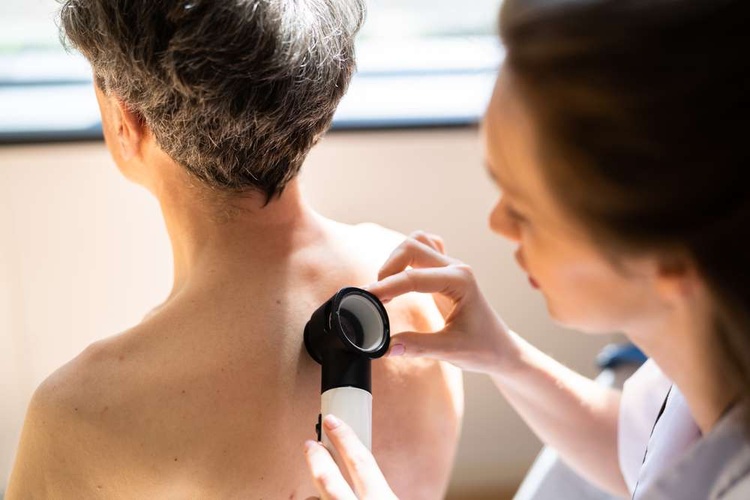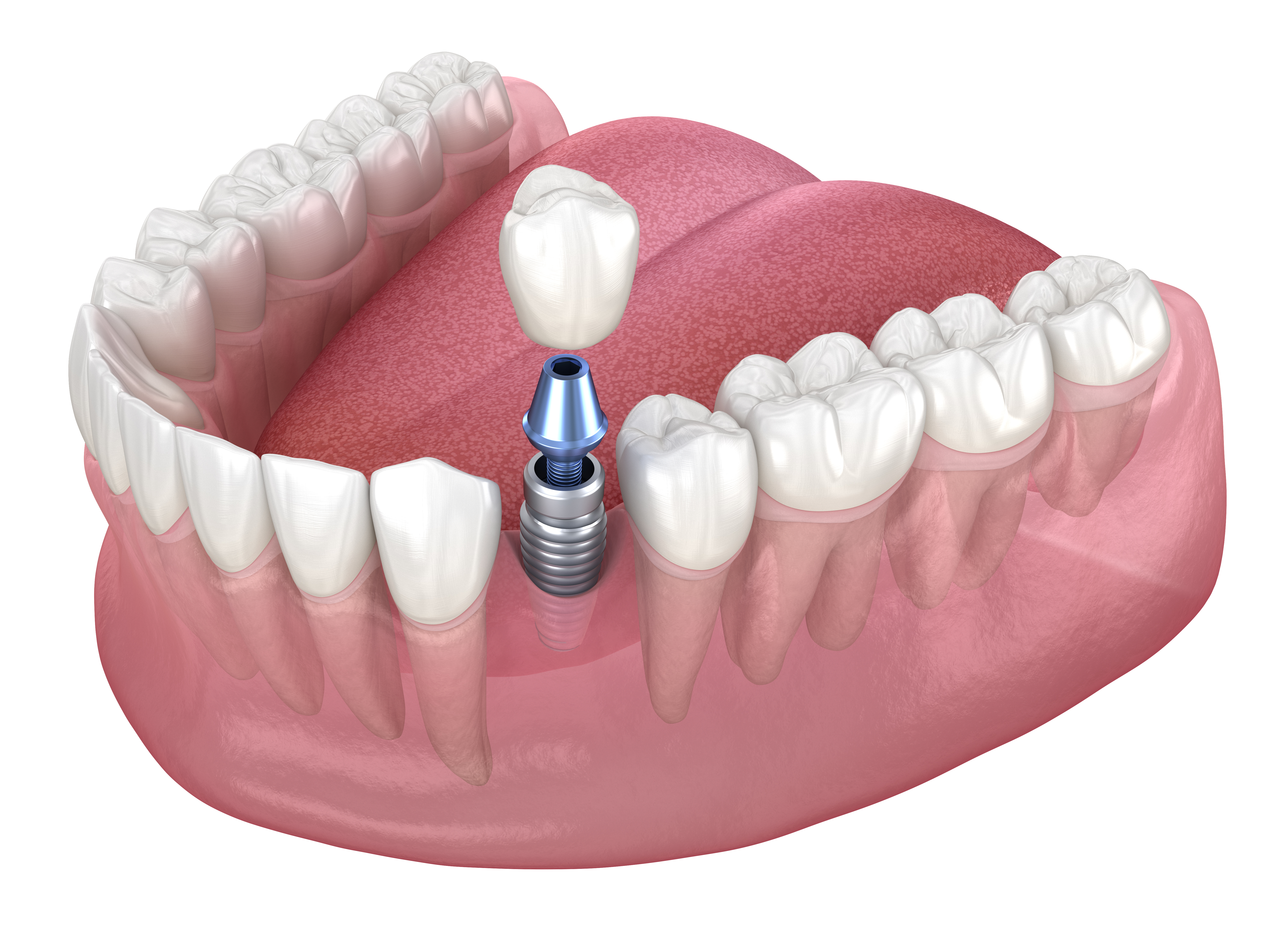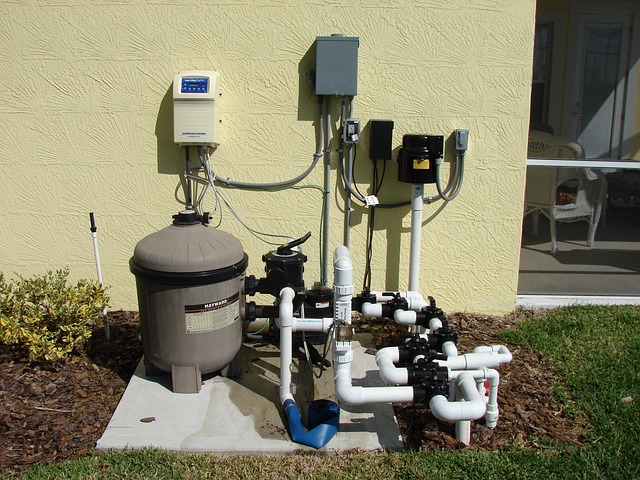Understanding Plaque Psoriasis: Causes, Symptoms, and Treatment Options
Plaque psoriasis is a chronic autoimmune skin condition that causes the rapid buildup of skin cells, leading to thick, scaly patches known as plaques. These plaques often appear on the elbows, knees, scalp, and lower back, and can be itchy, painful, and sometimes embarrassing for those affected. While the exact cause isn’t fully understood, a combination of genetic, immune, and environmental factors is believed to trigger flare-ups. Understanding the underlying causes, recognizing symptoms early, and exploring effective treatment options can help manage this condition and improve quality of life.

Plaque psoriasis is the most common form of psoriasis, affecting approximately 80-90% of people with the condition. It manifests as raised, red patches covered with a buildup of dead skin cells that appear as white or silvery scales. These patches, known as plaques, can be itchy, painful, and may crack or bleed. While psoriasis is a lifelong condition without a permanent cure, modern medicine offers various effective treatments to control symptoms and potentially achieve long periods of remission.
Causes and Risk Factors of Plaque Psoriasis
Plaque psoriasis develops due to a complex interplay between genetic predisposition and environmental triggers. The primary mechanism involves an overactive immune system that accelerates the growth cycle of skin cells. Normally, skin cells complete their life cycle in about a month, but in psoriasis, this process occurs in just days, causing cells to build up rapidly on the skin’s surface.
Several risk factors increase the likelihood of developing plaque psoriasis. Family history plays a significant role, with approximately 30% of patients having at least one relative with the condition. Environmental triggers such as stress, skin injuries, certain medications, and infections—particularly streptococcal throat infections—can initiate or worsen psoriasis flares. Lifestyle factors including smoking, heavy alcohol consumption, and obesity may also contribute to more severe disease manifestations and reduced treatment efficacy.
Recognizing the Signs and Symptoms
Plaque psoriasis presents with distinctive characteristics that help differentiate it from other skin conditions. The hallmark symptoms include well-defined, raised patches of red skin covered with thick, silvery-white scales. These plaques commonly appear on the scalp, knees, elbows, and lower back, though they can develop anywhere on the body, including sensitive areas like the genitals.
Beyond the visible skin manifestations, patients may experience significant discomfort. Affected areas often feel itchy, tight, and painful, particularly when plaques crack or bleed. The severity varies widely among individuals, ranging from a few small patches to extensive coverage of large body areas. Many patients also report nail changes, including pitting, discoloration, and separation from the nail bed. In approximately 30% of cases, psoriasis is accompanied by psoriatic arthritis, causing joint pain, stiffness, and swelling that requires additional treatment considerations.
Treatment Options and Management Strategies
Managing plaque psoriasis typically follows a stepped approach, beginning with the least invasive treatments and progressing to more potent options if necessary. Topical treatments serve as first-line therapy for mild to moderate cases. These include corticosteroids to reduce inflammation, vitamin D analogs like calcipotriene to slow skin cell growth, retinoids to normalize cell development, and calcineurin inhibitors that modify immune response. Coal tar and salicylic acid preparations help remove scales and reduce inflammation.
For moderate to severe psoriasis, phototherapy (light therapy) offers an effective option. This controlled exposure to UVB light or PUVA (psoralen plus UVA) slows rapid cell growth and reduces inflammation. Treatments typically require multiple weekly sessions in a medical setting, though home UVB units are available under medical supervision.
When topical treatments and phototherapy prove insufficient, systemic medications may be prescribed. Traditional options include methotrexate, which suppresses the immune system and slows skin cell production; cyclosporine, which inhibits immune response; and oral retinoids like acitretin, which regulate skin cell production and reduce inflammation. These medications require careful monitoring due to potential serious side effects.
Biologic Therapies and Newer Treatments
The treatment landscape for plaque psoriasis has been revolutionized by biologic medications, which target specific components of the immune system involved in psoriasis. These include TNF-alpha inhibitors (adalimumab, etanercept, infliximab), IL-17 inhibitors (secukinumab, ixekizumab, brodalumab), IL-23 inhibitors (guselkumab, risankizumab, tildrakizumab), and the IL-12/23 inhibitor ustekinumab. Administered via injection or infusion, biologics can achieve remarkable clearance rates, with many patients experiencing 90-100% improvement.
More recently, oral small molecule medications have emerged as alternatives to injectable biologics. Apremilast, a phosphodiesterase-4 inhibitor, reduces inflammation with fewer monitoring requirements than traditional systemic medications. JAK inhibitors like deucravacitinib represent the newest class of approved treatments, offering oral administration with efficacy comparable to some biologics.
Lifestyle Modifications and Complementary Approaches
Beyond medical interventions, lifestyle modifications can significantly impact psoriasis management. Maintaining a healthy weight is particularly important, as studies show obesity correlates with more severe psoriasis and reduced treatment response. Weight loss of just 5-10% can improve symptoms and treatment efficacy in overweight patients.
Stress management techniques such as meditation, yoga, and regular exercise may help prevent stress-triggered flares. Dietary changes, particularly following an anti-inflammatory diet rich in omega-3 fatty acids, fruits, vegetables, and whole grains, may benefit some patients. Limited alcohol consumption and smoking cessation are strongly recommended, as both can worsen psoriasis and interfere with treatments.
Many patients also incorporate complementary approaches, including aloe vera, tea tree oil, and Dead Sea salt baths. While scientific evidence for these remedies varies, they may provide symptomatic relief for some individuals when used alongside conventional treatments. It’s essential to discuss all complementary therapies with healthcare providers to avoid potential interactions with prescribed medications.
Treatment Costs and Insurance Considerations
The financial burden of plaque psoriasis treatment varies significantly depending on the therapy type, insurance coverage, and treatment duration. Topical treatments generally range from $30-500 per prescription, with generic options typically more affordable. Phototherapy sessions cost approximately $100-300 each, with most patients requiring 20-36 sessions initially.
Systemic and biologic medications represent the highest expense, with biologics potentially costing $10,000-50,000 annually without insurance coverage. Most insurance plans, including Medicare and Medicaid, cover psoriasis treatments to varying degrees, though prior authorization requirements and step therapy protocols are common.
| Treatment Type | Estimated Monthly Cost (Without Insurance) | Typical Insurance Coverage |
|---|---|---|
| Topical Corticosteroids | $30-150 | Generally covered with copay |
| Vitamin D Analogs | $300-500 | Often requires prior authorization |
| Phototherapy | $1,000-3,000 (initial course) | Usually covered with copay per session |
| Methotrexate | $30-100 | Generally well-covered |
| Biologics | $2,000-10,000 | Coverage varies; often requires step therapy |
Prices, rates, or cost estimates mentioned in this article are based on the latest available information but may change over time. Independent research is advised before making financial decisions.
Living with plaque psoriasis requires a comprehensive approach combining medical treatments, lifestyle modifications, and psychological support. While there is no cure, the expanding array of treatment options means most patients can achieve significant symptom improvement and disease control. Working closely with healthcare providers to develop an individualized treatment plan offers the best chance for managing this chronic condition effectively and maintaining a good quality of life despite its challenges.



